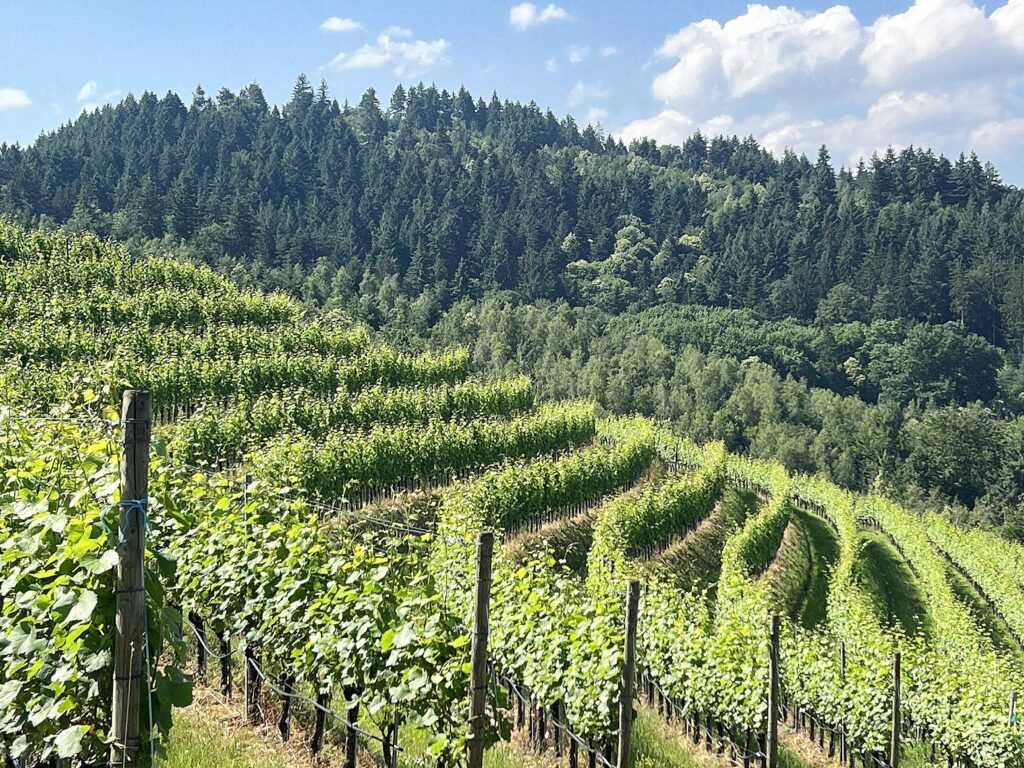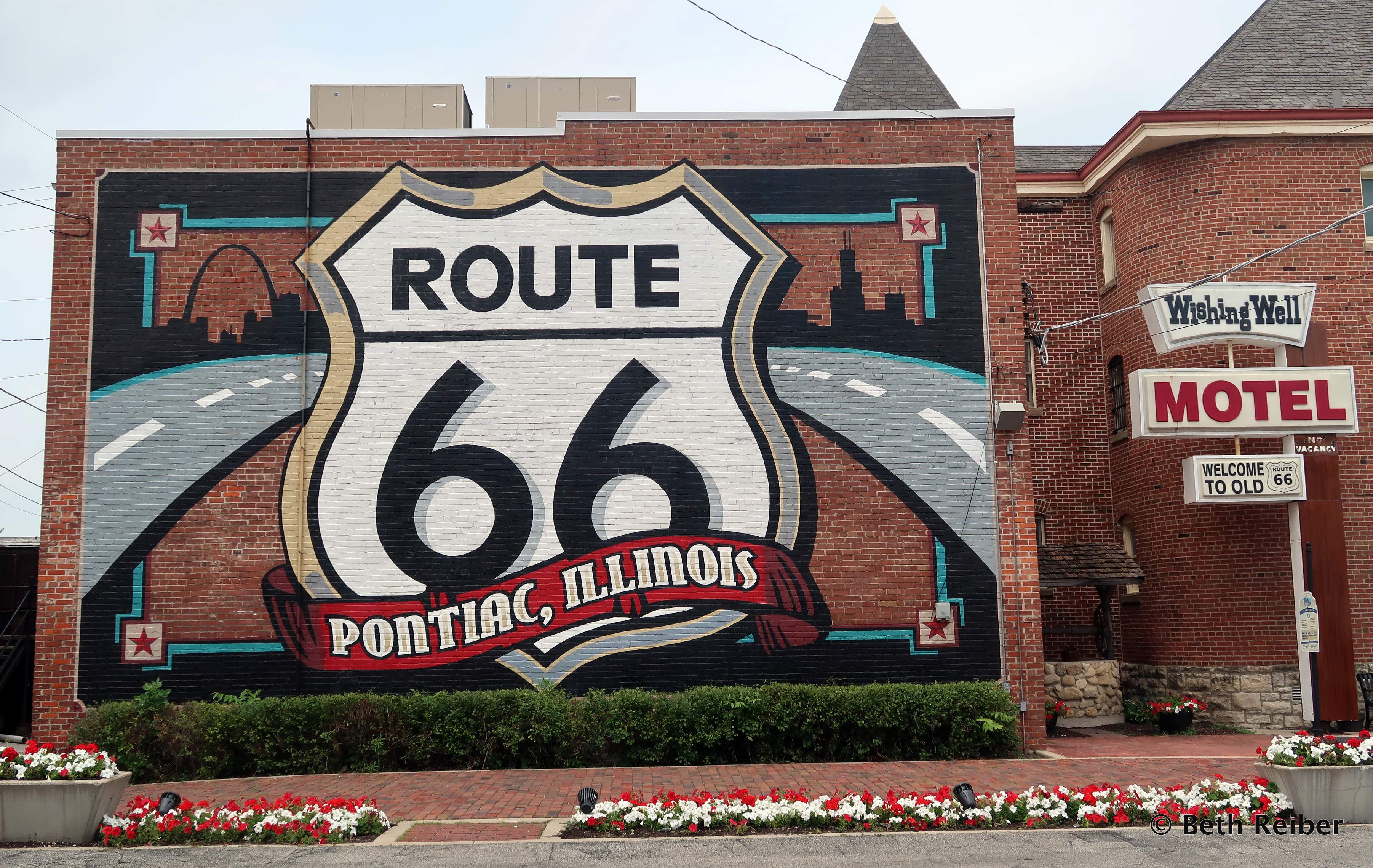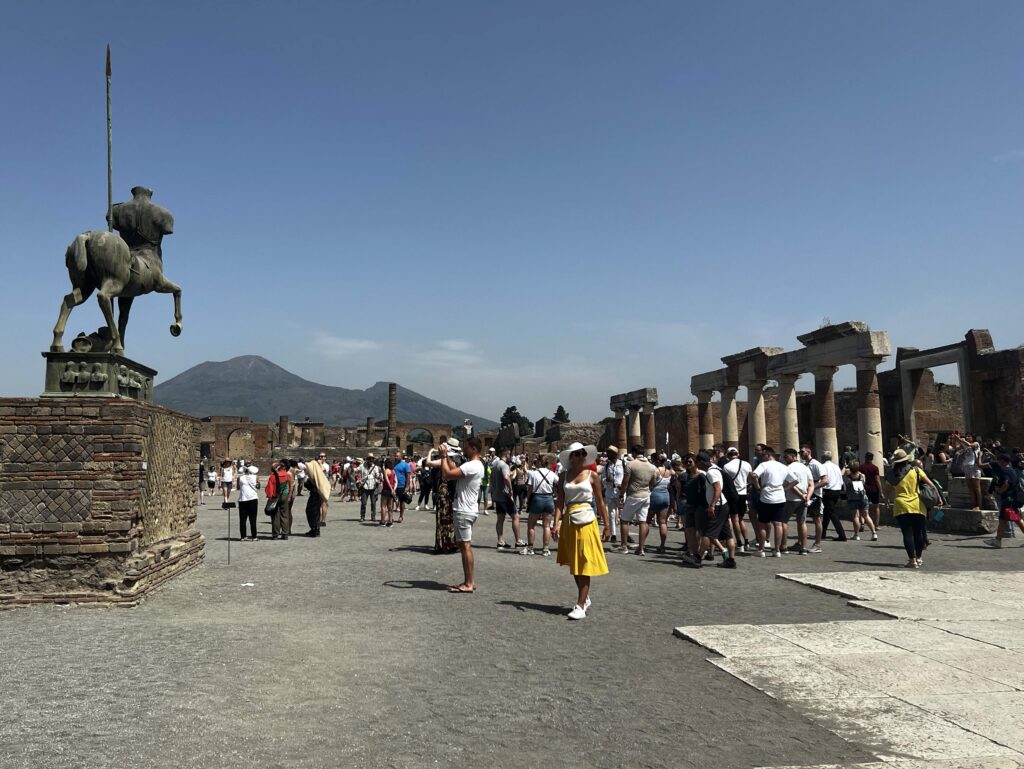Nine years have passed since Japan’s northeastern coast was hit by a triple whammy earthquake, tsunami, and meltdown of a Fukushima nuclear power plant. While decontamination in and around the power plant continues–and will likely continue for decades–it’s business as usual for most of Fukushima, which ranks as Japan’s third-largest prefecture and is one of six prefectures that make up the vast, largely undeveloped region known as Tohoku. In fact, Japan believes so strongly in Fukushima’s comeback that it has chosen the prefecture as the starting place for the Tokyo 2020 Olympics torch relay.


Yet even people who should know better seemed taken aback when I said I was going to Fukushima and wondered aloud whether I’d be safe. Truth is, the contaminated area around the damaged nuclear power plant makes up less than 3% of the entire prefecture, which means there’s a a vast area of forested mountains, high plateaus, river valleys, hot-spring resorts, towns and villages to explore.

Add some of Japan’s most acclaimed sake breweries, hot-spring baths, glorious autumn leaves, festivals, temples, historic Japanese inns, castles, sights related to samurai culture, and local dishes you won’t find anywhere else, and it’s clear that Fukushima’s comeback makes it a great alternative to popular destinations overrun with international visitors. Plus, it’s cheaper.

For the past several years, Tohoku has mounted a huge campaign aimed at luring international visitors to its six prefectures on the northeast end of Japan’s main island of Honshu. Travel journalists have been invited from around the globe, including yours truly, and in the past two years I’ve visited Iwate, Fukushima and Yamagata prefectures. I’m happy to report that I’ve now been to all six Tohoku prefectures, though I’d willingly go back any time. Uncover a stone, and you discover a whole quarry of gems. And yet, only 1.5% of Japan’s 30-some million annual visitors spend the night in Tohoku.
For more information on Fukushima’s comeback and its unique attractions, see my article on the CNN website at https://www.cnn.com/travel/article/fukushima-japan-tourism.
Several things struck me about Fukushima, including it’s scenery, ablaze with autumn colors when I was there in November and mostly rural, with winding mountain roads that reveal endless vistas of woods, rushing rivers, waterfalls, and ravines. I was also impressed by the long thread of successive generations who have lovingly taken care of family businesses, sometimes for centuries.

Hideharu Ohta is the 10th-generation owner of Daischichi Sake Brewery, which has been under family ownership since 1752 and still brews its sake the old-fashioned kimoto way, long abandoned by most companies because of its labor-intensive requirements. In the hot-spring resort town Iizaka Onsen, owner Hiroshi Abe pointed out wonderful details of the 200-year-old Japanese inn Nakamuraya which his family acquired some 130 years ago, including its irori hearth in the lobby and guest rooms with low ceilings to thwart the drawing of swords by intruders during the days of the samurai.

Probably the most thought-provoking places to visit are in Aizuwakamatsu, where samurai took their last stand against Imperial forces after the shogun was overthrown in 1867. Rather than face capture, 19 teenage samurai soldiers and 21 family members of a chief retainer committed seppuku (ritual disembowelment), which is the samurai way.

Other articles I’ve written about Tohoku include Finding Temples, Hot Springs and Snow Monsters in Japan’s Quiet Northern Japan; Japan’s Iwate Prefecture: Wild, White and Wonderful; Japan’s North After the Tsunami–Iwate, Japan Offers Fewer Tourist and Authentic Experiences; and A pure land inspired by treachery.
Two more articles, published in gettingontravel.com which unfortunately has since gone under, are below:





